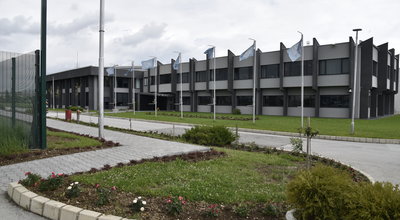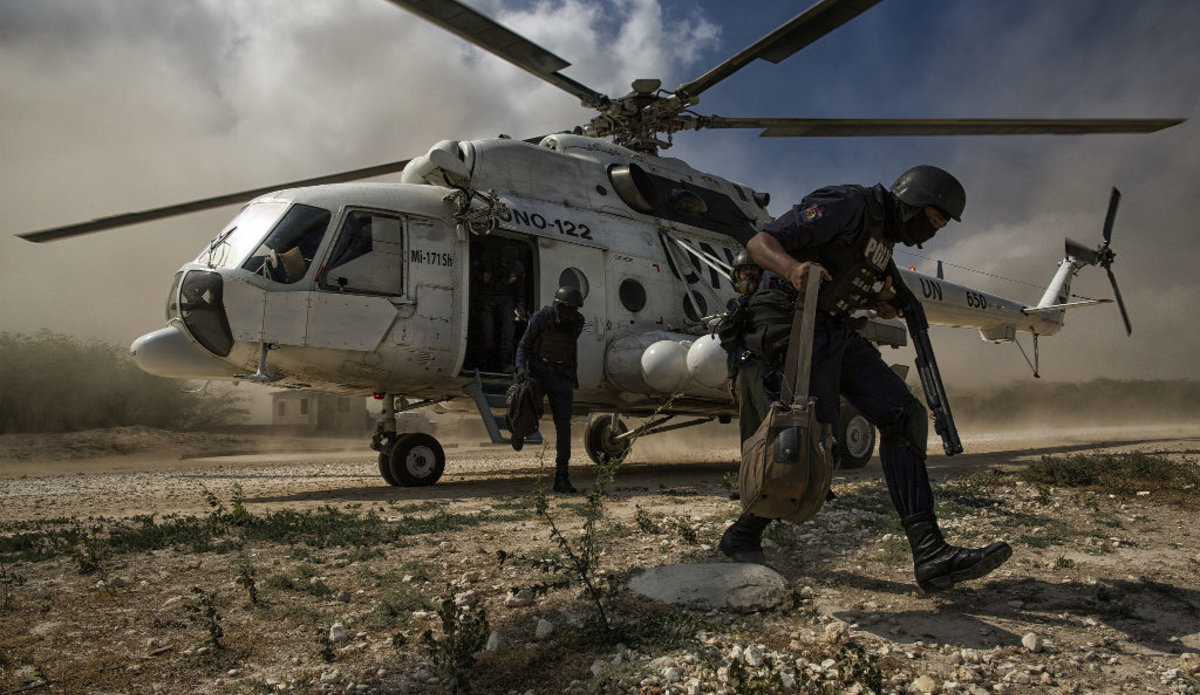FROM the Sea of Azov to Aleppo, fighters from the western Balkans are at war. So worried are their governments that laws have been passed to make fighting abroad illegal, and their security services co-operate with foreign ones to monitor them. The numbers are small, but the Balkans looms relatively large on foreign battlefields.
Orthodox Christian Serbs are joining pro-Russian rebels in Ukraine while Catholic Croats fight on Ukraine’s side. Muslim Albanians, Bosniaks and Muslims from Sandzak, the area straddling Serbia and Montenegro, have gone to fight in Iraq and Syria. All spread their messages online and send greetings to one another. Last month two gloating Croats speaking on YouTube said “Hope to see you soon!” to their Serb “friends”. For Serbs and Croats, this war is a replay of their own conflict in the 1990s as much as an adventure or crusade.
Recently Serbs in eastern Ukraine have been more taken up with their internal conflicts. The highest-profile Serb in eastern Ukraine is Radomir Pocuca, once a spokesman for Serbia’s interior ministry. Last month he was captured by other Serb fighters. He was humiliated by pictures on Facebook of him bound and blindfolded, wearing a shirt emblazoned with a Serbian flag and the motto “Serbian Honour”.
Many Serbs are affiliated to small ultranationalist groups. They loathe their government, hate the European Union and are against joining NATO. They believe they are fighting a Christian fight. In this they are like the Croats who have joined Ukraine’s Azov Battalion, a unit notorious for its neo-Nazi symbol that has attracted volunteers from the far right across Europe.
Although they get much attention, says Kacper Rekawek, a Polish researcher, there are relatively few foreigners in Ukraine, other than Russians. He reckons about 300 fighters have passed through on each side. But with up to 100 Serbs having fought for the rebels, they have been among the biggest group of foreigners. Croats, with 25-odd fighters, have been the third-largest foreign contingent on Ukraine’s side.
In Syria and Iraq the numbers are a lot bigger. Shpend Kursani, author of a report on Kosovars fighting there, says he has identified 232. There have been 330 Bosnians, 90 Albanians, 70 Serbians and 12 Macedonians. The leader of the Albanian contingent in Islamic State is Lavdrim Muhaxheri who, one returned member told Mr Kursani, is obsessed with his ratings on social media. Mr Muhaxheri has made one video in which he beheads an Iraqi captive. Mr Kursani finds that, when jihadists are counted as a percentage of countries’ populations, Kosovo is top of a list of 22 countries, Bosnia second and Albania fourth. As a percentage of Muslims in each country, though, Kosovo comes 14th, between Germany and Spain. Bosnia is 11th and Albania 20th. The top nine countries are west European.
According to Mr Kursani, most Kosovars in Syria are from rural areas and poorly educated. Nearly two-fifths have criminal records. Some 34 are known to have been killed. Contrary to popular belief, which blames Saudi influence, Mr Kursani finds that the fighters have been motivated by the Takfiri ideology, which has been spreading recently into Kosovo through Albanian imams living in Macedonia, who first embraced it in Egypt.
Most fighters face arrest when they return (though not in Croatia, where fighting in foreign wars is not outlawed). This may be why fewer are going now. Balkan governments want neither extreme nationalists nor violent Islamists causing trouble. What is striking is the degree to which, apart from their religions, most Balkan fighters are so broadly united: against liberalism and the West.












